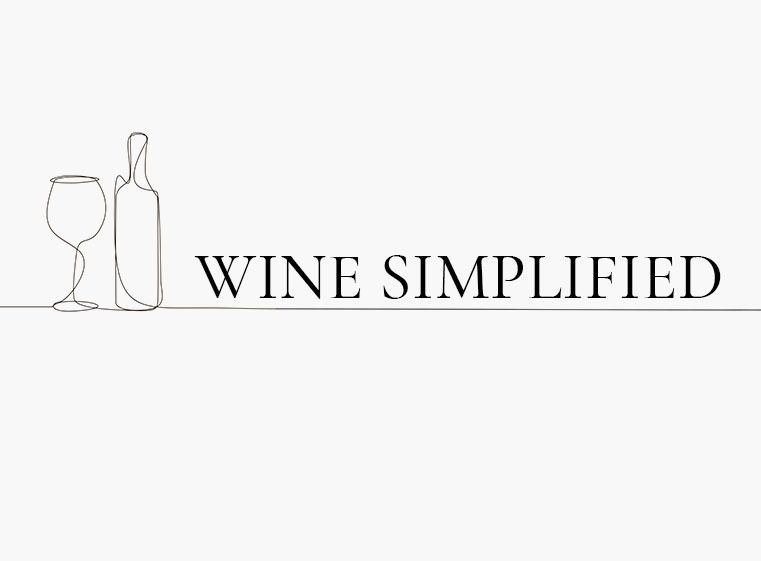Wine Term: Field Blend
We’ll go about this one in a different manner than usual as ‘Field Blend’ is very specific. To call it a red or white blend doesn’t do the wine justice, so there aren’t really any different terms associated with it that describe it so accurately.
A Field Blend is a wine made from different grape varieties, all grown together, harvested together, then pressed, fermented, and aged together before bottling. Full harmony is the goal of a Field Blend.
Grapes are highly susceptible to their soils, external climate, growing season, and offseason weather patterns (the facets that jurisdic a wine’s terroir). A large portion of that influence comes from the root level. So growing different varieties alongside each other allows them to pass certain characteristics and flavors between the different grapes. It is not uncommon in wine country to line your vineyards with a perimeter of walnut or olive trees. Many winegrowers see the influence these other species have on their fruit and optimize what else is grown around their grapes to pass influence.
With regards to harvesting, a normal Red Blend can have Syrah harvested in late-September blended with Cab and Merlot harvested in mid-November from opposite sides of a valley. A Field Blend would have them all grown alongside each other in the same vineyard, all harvested together in October for example.
Also with Field Blends, they are crushed and fermented together, where a red blend treats each as its own and blends them later in the process before bottling.
Field Blends date back to the time of the Roman expansion, and further back undocumented. Story goes that the Romans, uncertain of the soil quality or composition in newly acquired areas, but needing to get their thirsty army members a fix, would plant a bunch of different grapes in areas to see what took and what didn’t. Those that did were planted more to fill in the gaps. Now only hypothetically speaking (as some of these grapes didn’t exist at the time) that would look something like: move into new lands, plant: Cab, Merlot, Pinot Noir, Zinfandel, Syrah, and Mourvèdre. Pinot doesn’t take, abandon it. Cab and Merlot don’t yield much, so cut your losses on them and remove. Zin, Syrah, and Mourvèdre thrive, harvest and plant more for next season. All the Zin, Syrah, and Mourvèdre is processed together because you need to get it finished stat as your army is not one to wait in patience. Get it to them ASAP, happy army, continue to conquer more lands, repeat.
There is a rich history of Field Blends in the wine world, and it’s sad we don’t see many of them in the current American wine marketplace. You could even say some of the pioneers of California wine helped establish our growths in certain areas by doing the same process of plant everything you can and see what does well. No one came to Napa and said, “Oh ho! Look over there, those alluvial fans are ripe for Cabernet Sauvignon!” Didn’t happen. They planted lots of stuff and to this day there are still some residual impacts of that time and experimentation (Sangiovese, Riesling, Charbono, and Petite Sirah just to name a few). All the wines made over those years were largely dominated by Field Blends until it was determined what grapes grow best in what areas.
One final note on Field Blends are their ability to have layers of flavors that standard practice red blends cannot accomplish, even with the same grape blend percentages. Remember, great wine is grown on the vine!

